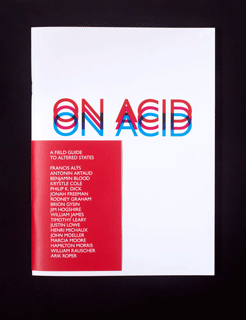
'America is not only the inventor of the western it is also a central location and theme throughout the entire genre. Even Italy's Spaghetti Westerns and the eastern Osterns play out in the same dusty US deserts and historical context as the original westerns. So it was that this land became iconic to the films and the films portrayal of the lands history in turn came to be seen as truth rather than fiction and so the two were forever linked. This bond was quickly reflected in the American cultures psyche as the cowboy became "emblematic of a strong, hard, rustic masculinity that settled the west, conquered Indians, tamed a hostile land and ensured the spread of American democracy from sea to sea."
'These values were quickly adopted as the hegemonic norm and so as the country advanced it did so like a cowboy, echoing the movement westward, although now there was nowhere left to substitute as the "untamed land, stretching out endlessly and breeding masculine individualism, heroic action, democratic citizenship and national progress" and so this "drive to master the wilderness and build a new nation" was exported to foreign lands and took the "more troubling form of invasion, subjugation and 'rape' of the land and it's natural resources". There were those however who did not support the use of the gun as a way to further your fortune, be it by a character or a country, and so they took the western, the original propagator of violence as the path towards prosperity, and used it to sell a different message. These people were a part of what was latter termed the 'counter-culture' and these films that they produced are now known as the 'Acid Westerns'.
'The term 'Acid Western' was coined by the American critic and theorist Jonathon Rosenbaum in a piece he wrote on the film Dead Man by auteur Jim Jarmush and it is a very fitting term whose ambiguities of meaning serve well in describing what is otherwise too formless to grasp. There are two distinct meanings attached to the word acid, the dictionary definition which captures the films attempts to corrode through the social zeitgeist of the time by perverting the iconography of the already established genre into pointed criticisms of the world around them. The second meaning inherent in the word is the slang name for a very potent drug known otherwise as LSD. Acid was a highly hallucinogenic chemical that was very popular amongst the counter culture during the sixties and seventies and the qualities of the drug perforates through into their films creating a uniquely mysterious, disturbing and dreamlike atmosphere throughout.
'These qualities are characteristic of the Acid Western however they are not rigidly upheld throughout every example and this is due to the fact that the title was only applied as a categorization after the films' most prominent era. This has lead to some confusion as to whether the Acid-Western is a sub-genre or a movement as it relies on and exploits common features and iconography but also has strong ties to a certain era of filmmakers and the cultural context that surround them. This is an arbitrary argument however and only serves to highlight that it is this ambiguity, vagueness and uncertainty that the Acid Western thrives on.
'As these films are by nature created through contextual transformations there is a vast amount of variation possible in the final product and so at times the links between them can seem tenuous. Monte Hellman's The Shooting is seen in retrospect as the first of the Acid Westerns but at the time it was greeted as little more than a slight variation on the usual formula. Does this make it any less of an acid western than the near unpalatable El Topo or Zachariah which are nearly unrecognizable as a part of the western genre? I hope not. It is because of this that the real cohesion of the category is in the formative stages, all these films begin as a reaction against the western world and genre's proliferation of violence as a reasonable solution; be it against foreigners or ancestors, for money or land. Jim Jarmush describes this collection of films as "Periphery Westerns" which may be accurate in regards to public popularity but in terms of American cultural significance their pointed bite leaves them as valid, if not more so, then any straight western out there.'
Viginti Tres, from Another Magazine 10-22-11



No comments:
Post a Comment